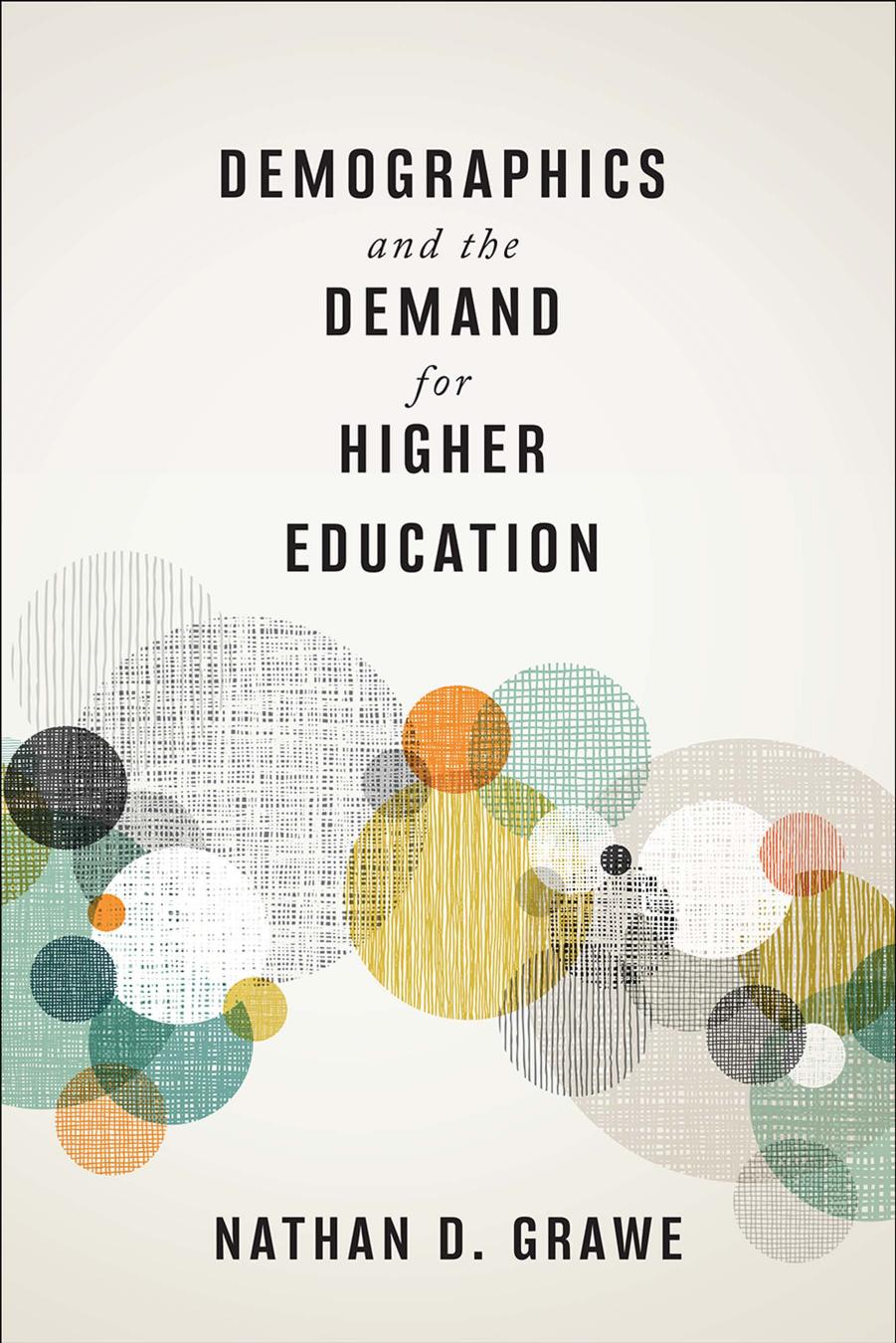Demographics and the Demand for Higher Education by Nathan D. Grawe

Author:Nathan D. Grawe [Grawe, Nathan D.]
Language: eng
Format: epub, pdf
Chapter Eight
Coping with Change
Strategies for Institutional Response
Given the Higher Education Demand Index data, what is a college president (or admission vice president) to do? As demographic trends transform the higher education landscape over the next 15 years, institutions would do well to take McGeeâs (2016) perspective: â[T]he changing conditions reshaping the world of higher education in America should lead us neither to gloom nor to despair but rather to the pursuit of opportunity and advantageâ (143). Colleges and universities that choose to view enrollment shifts as a challenge whose solution could make them stronger will do much better than those that take a less proactive stance. Clearly, good policy must reflect an individual institutionâs culture and context, and so it isnât possible to suggest specific strategies that are likely to work for all or even many institutions. Still, drawing on the scholarship of higher education and admissions policy, it is possible to identify a range of general approaches that administrators might consider.
With that goal in mind, possible responses can be grouped roughly under three broad descriptions. The hard-nosed approach accepts as given changing enrollments for the nation as a whole and the institution in particular. Having acknowledged these constraints on student numbers, hard-nosed strategies attempt to grapple directly with resulting budgetary pressures by increasing revenue and/or cutting costs. By contrast, the hopeful approach contemplates futures that reach beyond HEDI predictions by looking for policies that increase attendance rates above those assumed in the model. This path refuses to take the model forecasts as given for either the nation or the institution. Between these two poles lies a nimble path that presumes that the HEDI forecasts are true for the nation as a whole but seeks ways for an individual institution to beat the odds by carefully adjusting recruitment efforts to auspicious new student pools. Institutional context will dictate which of these paths is best suited for an individual school, and many may find it necessary to create hybrid paths by taking parts of more than one broad approach.
Budget Management: The Hard-Nosed Approach
The first strategies to be considered are likely to be the most familiar. As noted in chapter 7, reductions in state funding have nudged public institutions (and some competing private schools as well) in the direction of the high-tuition/high-aid pricing long practiced at national and elite colleges and universities. As McGuinness (2016) rightly observes, future increases in Medicaid costs promise only greater pressure on state legislators to balance their budgets through reductions in higher education outlays. Johnstone (2016) goes even further, suggesting that some state higher education systems may welcome reductions in state aid because it might free them from the political and social constraints inherent in being âstate supported institutionsâ (326). Vermont may effectively be there already, with family net tuition payments accounting for 85 percent of educational revenues (SHEEO 2016). If present financial pressures nudge administrators to consider the high-tuition/high-aid model, the 25 percent reduction in demand for regional four-year schools in the East North Central and New England may shove them in that direction.
Download
Demographics and the Demand for Higher Education by Nathan D. Grawe.pdf
This site does not store any files on its server. We only index and link to content provided by other sites. Please contact the content providers to delete copyright contents if any and email us, we'll remove relevant links or contents immediately.
The Art of Coaching Workbook by Elena Aguilar(48064)
Trainspotting by Irvine Welsh(20055)
Twilight of the Idols With the Antichrist and Ecce Homo by Friedrich Nietzsche(17705)
Fangirl by Rainbow Rowell(7834)
Periodization Training for Sports by Tudor Bompa(7328)
Change Your Questions, Change Your Life by Marilee Adams(6641)
This Is How You Lose Her by Junot Diaz(5771)
Grit by Angela Duckworth(4736)
Red Sparrow by Jason Matthews(4666)
Asking the Right Questions: A Guide to Critical Thinking by M. Neil Browne & Stuart M. Keeley(4574)
Paper Towns by Green John(4169)
Room 212 by Kate Stewart(4107)
Ken Follett - World without end by Ken Follett(3972)
The Sports Rules Book by Human Kinetics(3588)
Housekeeping by Marilynne Robinson(3401)
The Motorcycle Diaries by Ernesto Che Guevara(3332)
Introduction to Kinesiology by Shirl J. Hoffman(3299)
Exercise Technique Manual for Resistance Training by National Strength & Conditioning Association(3291)
Double Down (Diary of a Wimpy Kid Book 11) by Jeff Kinney(3272)
